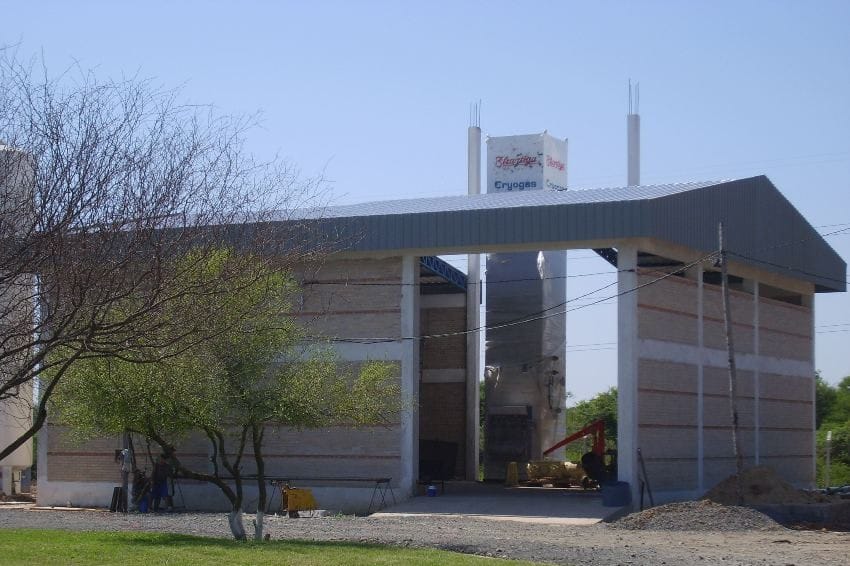- A-29, Industrial Area, Site IV,
Sahibabad, Ghaziabad, UP, India. - (+91-120) 2896063
info@bhartiyagroups.com


In the oil and natural gas refining industries, oxygen is used to boost the capacity of Fluid Catalytic Cracking (FCC) plants and Sulfur Recovery Units (SRU). It is also essential for the treatment of effluents. There is no denying that these oxygen needs can only really be fulfilled by constructing an oxygen plant. Sulfur must be removed from crudes during processing, which causes serious damage to the environment. The use of oxygen assists in high speed and high environmental laws while also being cost-effective.
Sulfur as well as oxygen recovery
Celsius plants are being used in petroleum and natural gas refineries to recover nitrogen. In the petroleum and natural gas process industries, Claus plants provide 98% of the contains. Sulfur is retrieved from sour crudes by reducing Sulfur dioxide, which would be formed as a consequence of burning and converting it to molten sulfate. The Claus plant reaction furnaces are injected with oxygen. The operating temperatures of the furnace climb as the oxygen content rises, causing ammonia to just be destroyed. Additionally, the reactions furnace's ability to consume oxygen, Sulfur dioxide and air mixture during processing has already been improved, allowing sulfate to be recovered by heat exchangers. Installing onsite oxygen liquid plant allows for on-demand oxygen.
Improves the process efficiency
FCC and SRU units require oxygen to operate. Installing onshore oxygen plants boosts petroleum and natural gas productivity by enabling oxygen on demand. In addition to being low-cost, using oxygen-based combustion technology boosts productivity. It also aids in the conversion of carbon dioxide and nitrogen oxide emissions. These methods are used in most of the refineries. With a strong emphasis on safety, oxygen can also be used in fired heaters. Jets use extremely combustible gas for internal fuel gas looping, flame strength adjustment, and stability. Fuel usage can be decreased to a considerable extent by removing nitrogen and replacing it with oxygen.
Oxygen aids in the elimination of emissions.
Fluid Catalytic Cracker (FCC) devices use oxygen to minimize emissions and increase operational flexibility. Refiners assume it is a cost-effective way to comply with environmental regulations all while increasing profit margins. The process gases are implanted with a high-velocity jet of oxygen. As a result, carbon-monoxide (CO) levels are significantly reduced and nitrogen oxide can be decreased by a significant margin.
Other oxygen uses in the oil sector
Oxygen is utilized in gas processing in petroleum and natural gas refineries, as previously stated. The fact that oxygen compression is extremely useful in increasing the productivity of industrial equipment is well fact in the industry. It's good for lowering the number of fuel gas used and boosting the reaction's conversion ratio. In liquid-phase catalytic cracking devices, oxygen-enriched air is also employed to enhance the productivity of the catalyst reproductive process.
The most conditions that promote of oxygen in the oil and gas sector
Reduce the amount of fuel gas utilized.
In the refinery plant, generate a higher ratio.
Catalyst regeneration performance should indeed be improved.
oxygen plant, oxygen liquid plant, oxygen plant manufacturer, oxygen liquid plant in hospitals







